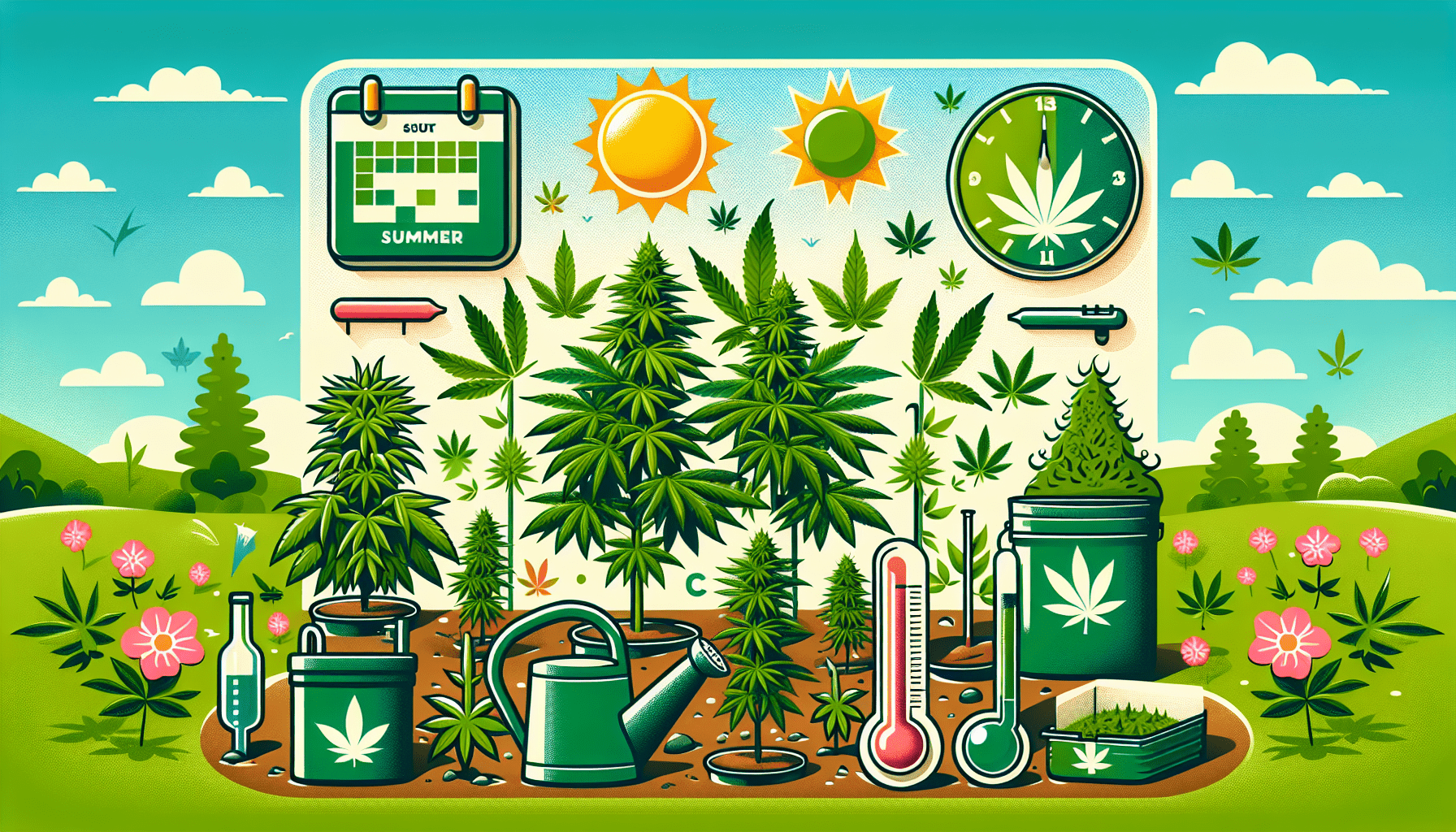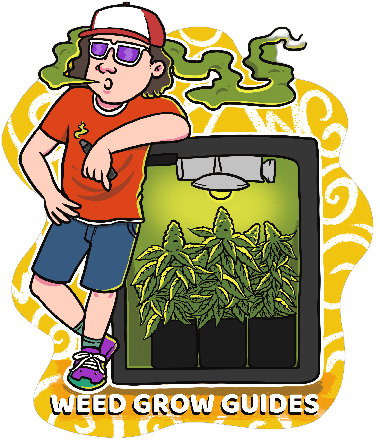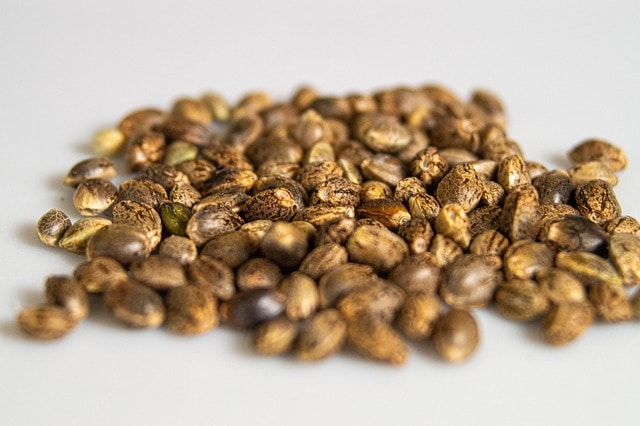Are you curious about the ideal time to grow your marijuana plants outdoors? Look no further, as this article will provide you with all the necessary information. Discovering the best time to cultivate your marijuana plants outside is essential for ensuring a successful and abundant harvest. Understanding the optimal planting window will allow you to take advantage of favorable weather conditions and maximize the growth potential of your plants. So, let’s explore the perfect timing for cultivating marijuana outdoors and set yourself up for a thriving garden.
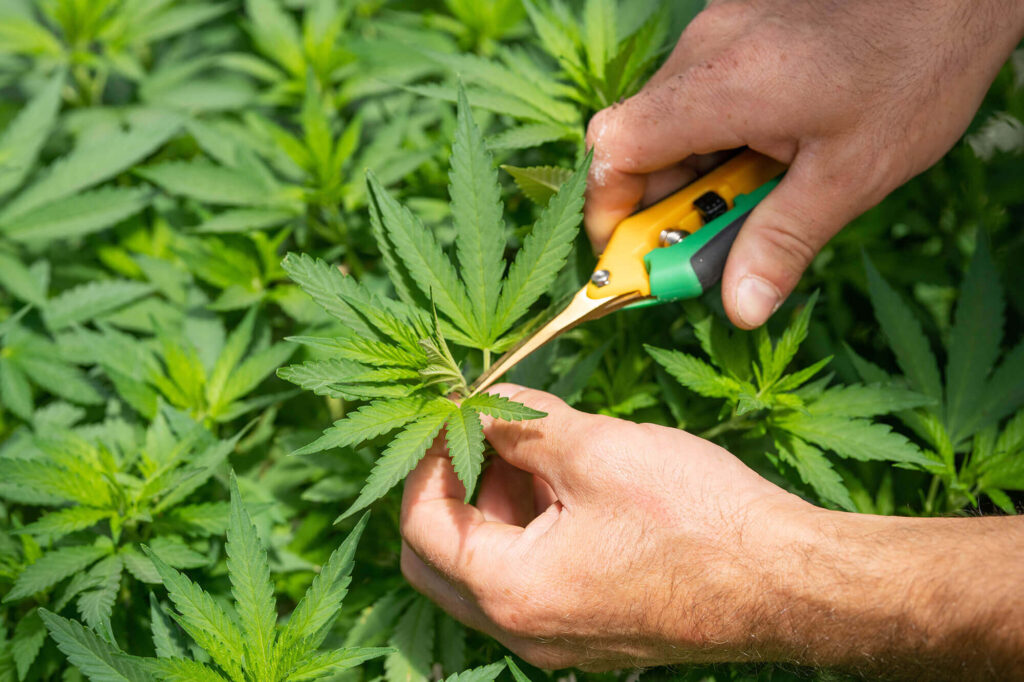
This image is property of images.pexels.com.
Determining the Best Time to Cultivate Marijuana
Climate Considerations
When it comes to determining the best time to cultivate marijuana plants outdoors, climate considerations play a crucial role. Understanding the climate zones in your region, as well as the temperature range, rainfall patterns, and humidity levels, can help you create the optimal growing conditions for your plants.
Planting Season
Choosing the right planting season is essential for successful marijuana cultivation. Depending on your specific geographical location, you may have different planting seasons to consider, such as spring, summer, or fall. Each season has its own advantages and challenges, so it’s important to take into account the climate and weather conditions during these periods.
Frost-Free Period
The frost-free period is a critical factor to consider when planning to cultivate marijuana outdoors. Defining the frost-free period helps protect your plants from potential frost damage, which can be detrimental to their growth and overall health. Identifying the frost dates in your area will allow you to plan your planting schedule accordingly.
Planting Tips
To ensure the best growth and yield for your marijuana plants, there are several planting tips to keep in mind. Proper soil preparation is key to providing the right nutrients and structure for your plants. Choosing the right seedlings or clones can greatly impact the quality and characteristics of your final product. Transplanting at the right time and taking protective measures against pests and diseases are also important considerations.

Optimal Growing Conditions
Sunlight Exposure
Marijuana plants thrive in ample sunlight exposure. When choosing the location for your outdoor cultivation, make sure it receives at least 6-8 hours of direct sunlight per day. This will help your plants develop strong stems, lush foliage, and high-quality buds.
Ideal Temperature Range
Maintaining an ideal temperature range is crucial for the optimal growth and development of marijuana plants. Most strains prefer daytime temperatures between 70-85°F (21-29°C) and nighttime temperatures between 60-70°F (15-21°C). Consistency in temperature will help your plants establish a healthy growth pattern.
Watering Schedule
Establishing a proper watering schedule is important to prevent over or under watering your plants. Generally, marijuana plants require watering when the top inch of their soil becomes dry. Depending on the climate and weather conditions, this may vary, so it’s important to monitor the moisture levels closely and adjust accordingly.
Air Circulation
Good air circulation is essential for healthy marijuana plants. It helps prevent the buildup of moisture and reduces the risk of fungal diseases. To ensure adequate air circulation, it is recommended to space your plants properly, trim excess foliage, and consider using fans to promote airflow within your cultivation area.
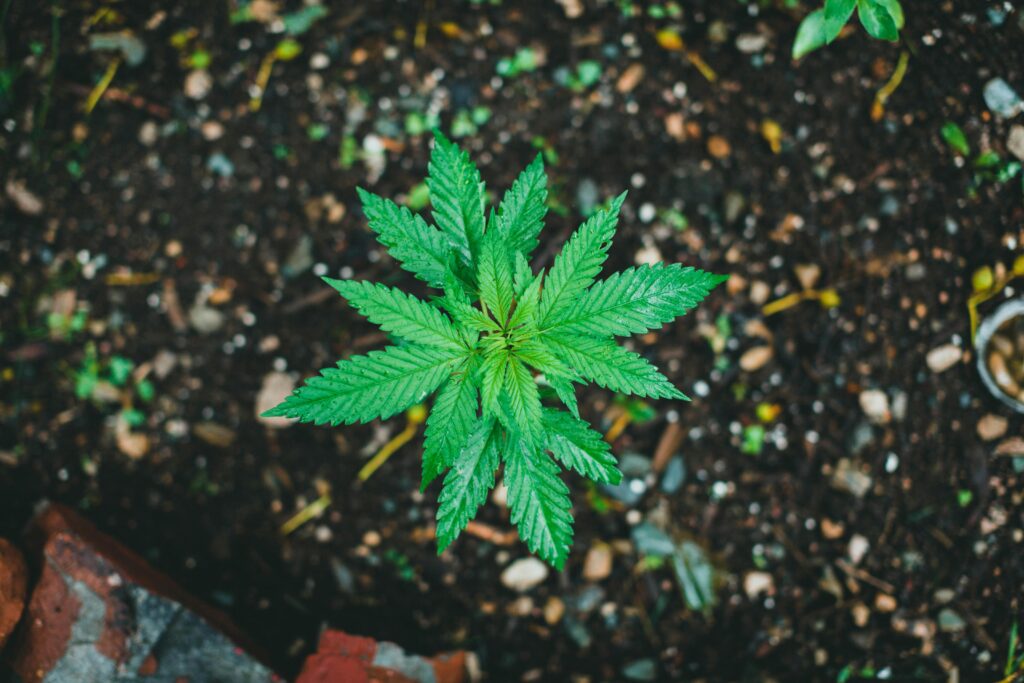
This image is property of images.pexels.com.
Harvesting Considerations
Determining Harvest Time
Knowing when to harvest your marijuana plants is crucial to achieve the desired potency and flavor profile. Harvest time can vary depending on the strain and personal preferences. Typically, you can determine the ideal time to harvest by observing the trichome development and carefully monitoring the color of the pistils.
Monitoring Trichome Development
Trichomes are the tiny, crystal-like resin glands that contain the cannabinoids and terpenes responsible for the effects and aroma of marijuana. By examining the trichomes under a magnifying glass or microscope, you can determine their maturity. The ideal time to harvest is when the trichomes are mostly milky or cloudy, with some amber-colored trichomes for a more relaxing and sedative effect.
Flushing Before Harvest
Flushing refers to the process of thoroughly rinsing the soil or growing medium with plain, pH-balanced water in the weeks leading up to harvest. This helps remove any residual nutrients or chemicals that may have accumulated in the plant’s tissues. Flushing can enhance the overall flavor and quality of your final product.
Drying and Curing
After harvesting, proper drying and curing are essential to preserve the potency, flavor, and aroma of your marijuana buds. Hang your trimmed plants upside down in a dark, well-ventilated area with moderate humidity and temperature. Once dry, transfer the buds to airtight containers to cure. This process allows the flavors to develop and removes any excess moisture for a smoother smoking experience.
Potential Challenges
Pests and Diseases
Outdoor cultivation is susceptible to various pests and diseases that can damage or destroy your marijuana plants. Common pests include aphids, spider mites, and caterpillars, while diseases like powdery mildew and bud rot can wreak havoc on your crop. Regular inspections, implementing preventive measures, and using organic pest control methods can help mitigate these challenges.
Weather Extremes
Extreme weather conditions, such as heatwaves, droughts, heavy rains, or sudden drops in temperature, can pose significant challenges for outdoor cultivation. Protective measures, such as using shade cloth during heatwaves or providing additional insulation during cold snaps, can help safeguard your plants from the adverse effects of these weather extremes.
Security Concerns
Outdoor marijuana cultivation may attract unwanted attention, posing security concerns for growers. Ensuring your cultivation area is discreet and secure can help minimize the risk of theft or legal repercussions. Strategically placed fencing, security cameras, and regular monitoring can help protect your crop and provide peace of mind.

This image is property of images.pexels.com.
Legal and Local Regulations
Understanding Marijuana Laws
Before embarking on outdoor marijuana cultivation, it is crucial to have a clear understanding of the marijuana laws in your jurisdiction. Laws surrounding marijuana cultivation, possession, and distribution vary widely from country to country and even within different states or provinces.
Local Ordinances and Restrictions
In addition to overarching marijuana laws, many local jurisdictions have specific ordinances or restrictions related to outdoor cultivation. These may include limits on the number of plants, required setbacks from residential areas, or restrictions on cultivation in certain zones. Familiarizing yourself with these local regulations is essential to avoid any legal issues.
MEDICAL MARIJUANA GROWER’S LICENSE $199.99/ YEAR !
Permits and Licenses
Depending on your location, obtaining permits or licenses for outdoor marijuana cultivation may be necessary. These permits or licenses often involve fees, application processes, and inspections to ensure compliance with local regulations. It is crucial to research and adhere to the specific requirements in your area to cultivate marijuana legally.
Conclusion
In conclusion, determining the best time for outdoor marijuana cultivation involves considering various factors such as climate, planting season, frost-free period, and optimal growing conditions. By understanding and working within these parameters, you can maximize the growth and yield of your plants. Additionally, monitoring the trichome development, implementing proper harvesting techniques, and considering potential challenges like pests, diseases, and security concerns will contribute to a successful outdoor cultivation experience. Lastly, staying informed about the legal and local regulations surrounding marijuana cultivation is crucial to ensure compliance and avoid any legal consequences. With careful planning and attention to detail, you can cultivate marijuana plants outdoors and enjoy the rewards of your efforts.
Make sure to check out the Weed Grow Guides marijuana growing basics!
